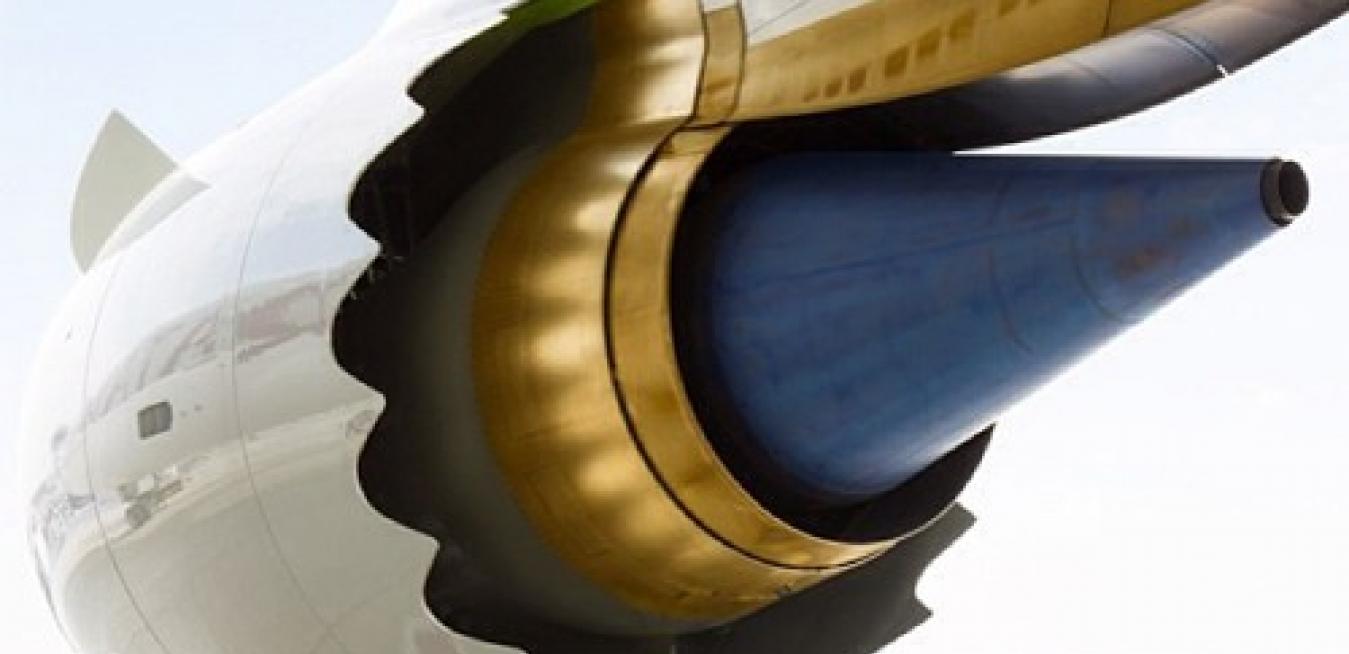Every year, thousands of tourists travel to the ancient Tuscan town of Carrara and tour the famous quarries that 500 years ago produced the block of white marble, which Michelangelo turned into a sculpture of David and an icon of High Renaissance. But today, another kind of rebirth is taking place a stone’s throw from Carrara. Last summer GE engineers started testing at a nearby GE factory parts for the world’s largest jet engine, the GE9X. The engine, which will be 11 feet in diameter – two thirds of David’s height, will power Boeing’s next-generation 777X planes.
The GE9X is still in development and will not enter service until 2020, Emirates, Etihad Airways, Lufthansa, Cathay Pacific, and Qatar Airways have already ordered 550 of them valued at $21 billion (U.S. list price.) The GE9X will include 3D printed parts, components manufactured from futuristic materials called ceramic matrix composites (CMCs), which can operate at temperatures higher that most advanced alloys, and fourth-generation carbon composite fan blades. By the time the GE9X enters service, GE’s light-weight composite fan blades, which are already inside the GE90 and GEnx engines, will have accumulated 100 million flight hours. No other jet engine manufacturer has composite fan blades in service today.

One Space Shuttle engine operating at sea level produces 375,000 pounds of thrust, while a single GEnx can produce up to 75,000 pounds of thrust. It would take five GEnx engines to replace one Space Shuttle engine, and 15 to propel the entire 4.5-million-pound shuttle at liftoff, which is roughly eight times the weight of the average Boeing Dreamliner.
Engineers have already started testing the new engine’s high-pressure compressor at GE’s Oil & Gas plant near Carrara. The factory holds a compressor rig that can generate 29,000 horsepower and send the GE9X compressor through a series of groaning trials. In 2014, GE will begin testing ceramic composite parts for the core “hot section” of the GE9X at an engine demonstrator built for the GEnx engine. The tests will gather information about their functionality and durability.
GE Aviation is also building a new 170,000-square foot CMC plant in Asheville, NC, and it expanded a composites plant in Batesville, Miss. That factory will use a giant autoclave some 20 feet in diameter and 40 feet long to cure composite fan cases for the GE9X. The machine, which looks like a giant pressure cooker, would make even David feel small.





